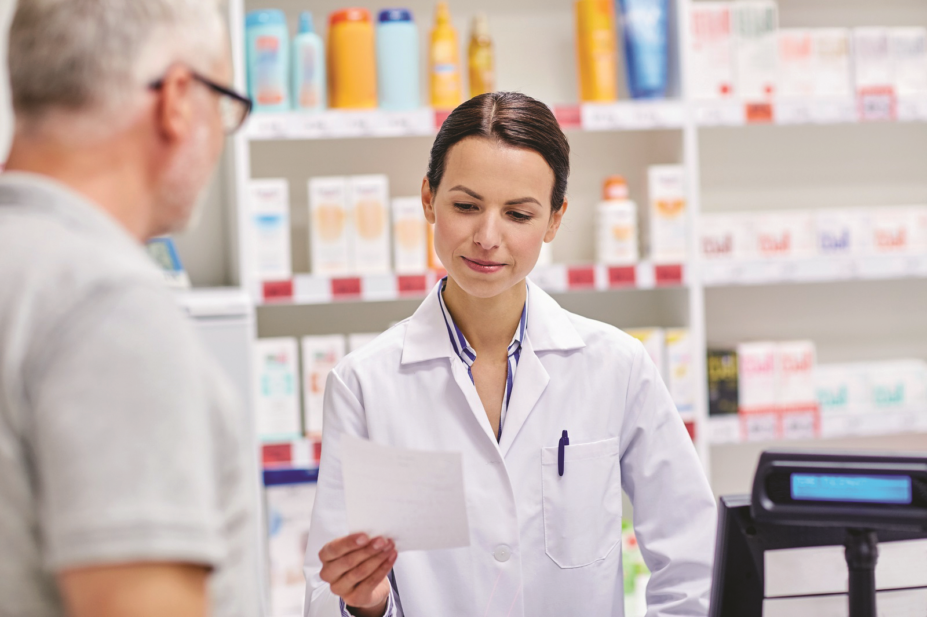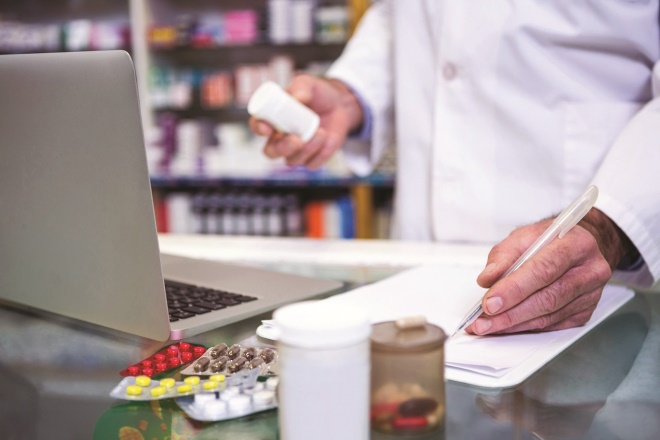
J2
For most pharmacies, fax machines are costly to run when factoring in the ongoing expense of replacing ink, toner, thermal rolls, paper, and fax lines. In addition, fax machines can break and need hardware replaced. This can mean lost business when staff members don’t receive faxed prescriptions in a timely manner.
However, with the advent of online and mobile fax technology, it has become possible for pharmacies to cut costs without compromising quality.
The problem with traditional faxing
One of the main reasons pharmacies are switching to online faxing is because the NHS has mandated that healthcare organisations transition from paper to digital, as well as resolve document delivery processes that are deemed a security risk. However, there are many other reasons for moving the faxing process online.
When it comes to traditional faxing with old fashioned machines, typical problems include jamming, fax noise (the random marks and streaks on faxes) or truncated faxes. Fax transmissions that are truncated or cut short means the complete fax is never received. In these cases, at best, the pharmacist will need to make a follow up phone call for clarification or to request that the fax is resent. At worst the vital information in the fax may be misread or the prescriptions may not come through at all, meaning potential business is lost.
Fax portability is another issue since paper faxes can’t be easily shared without taking the necessary step of scanning the document. These manual steps can have a negative impact on productivity, as does the process of sorting, filing and retrieving paper documents. This creates an unnecessarily time-consuming and labour-intensive process when responding to customer queries or gathering information for an audit.
In addition, from an operational perspective, many smaller pharmacies don’t have a dedicated fax line, so when the sender tries to send a fax, they receive a busy signal if the pharmacy telephone line is in use.
However, the largest problem with traditional faxing is the inherent security risk. Information scammers can create an entire profile and take over a complete identity based on the content of a single misplaced document. After a fax is received, it may wait in the open where it can be viewed by unauthorised personnel. Few staff members will stand by a fax machine waiting for pages to print, particularly long faxes. And if faxes can be received 24/7, the security risk increases.

Source: J2 Global
How a UK-based pharmacy leveraged online faxing
CarePlus Pharmacy is a full-service pharmacy that fills and delivers prescription medications to a network of almost 50 care homes in the UK. On a daily basis the pharmacy receives a high volume of faxed prescriptions that require processing, dispensing and delivery back to the care home with a 5-6 hour turnaround.
CarePlus reaslised that by implementing online faxing, it would be possible to increase efficiencies, productivity, and boost revenue. They moved their faxing online in 2016 and it has made the management of inbound faxes much easier.
Rajiv Tanna, Clinical Director of CarePlus Pharmacy said, “We needed to ensure our staff could access faxed prescriptions immediately and that multiple staff members could have a copy.” We also needed a high degree of traceability so that we could quickly retrieve faxes if any queries arose and paper scanning or filing is just not practical”, he added.
Today, instead of pharmacy staff receiving paper faxes and having to scan or distribute prescriptions manually, online faxing means the prescription is received to their staff’s email inbox as a digital document. It can then be shared immediately so pharmacists can begin processing the prescription sooner in order to meet tight delivery deadlines. There’s no paper involved anymore and the inbound faxes are archived and stored within a portal so that if anything is queried down the line, the faxes are accessible and can be easily retrieved for review by simply logging in.
Faxed orders are critical to CarePlus’s business so they need to know for certain that their fax process is 100% reliable both for incoming and outbound faxes. They simply don’t have time to deal with paper jams, busy signals or failed transmissions. They need to know that their fax capability is always ‘on’ day and night with no downtime, as well as completely secure and compliant with regulations. Using online faxing, they have peace of mind that their faxing process is robust, safe and reliable.
Another aspect of CarePlus Pharmacy’s service is providing MARs for each patient. These MARs clearly outline how each prescription medication should be administered. Each patient has an individual MAR and when CarePlus sends MARs on behalf of 60 patients for example, the report can be up to 200 pages long. CarePlus don’t send MARs via fax but they do use a large file transfer feature which is part of their faxing service to send these large reports reliably, securely and quickly.
For pharmacists interested in finding out more about moving their faxing online, visit eFax Corporate®
.


